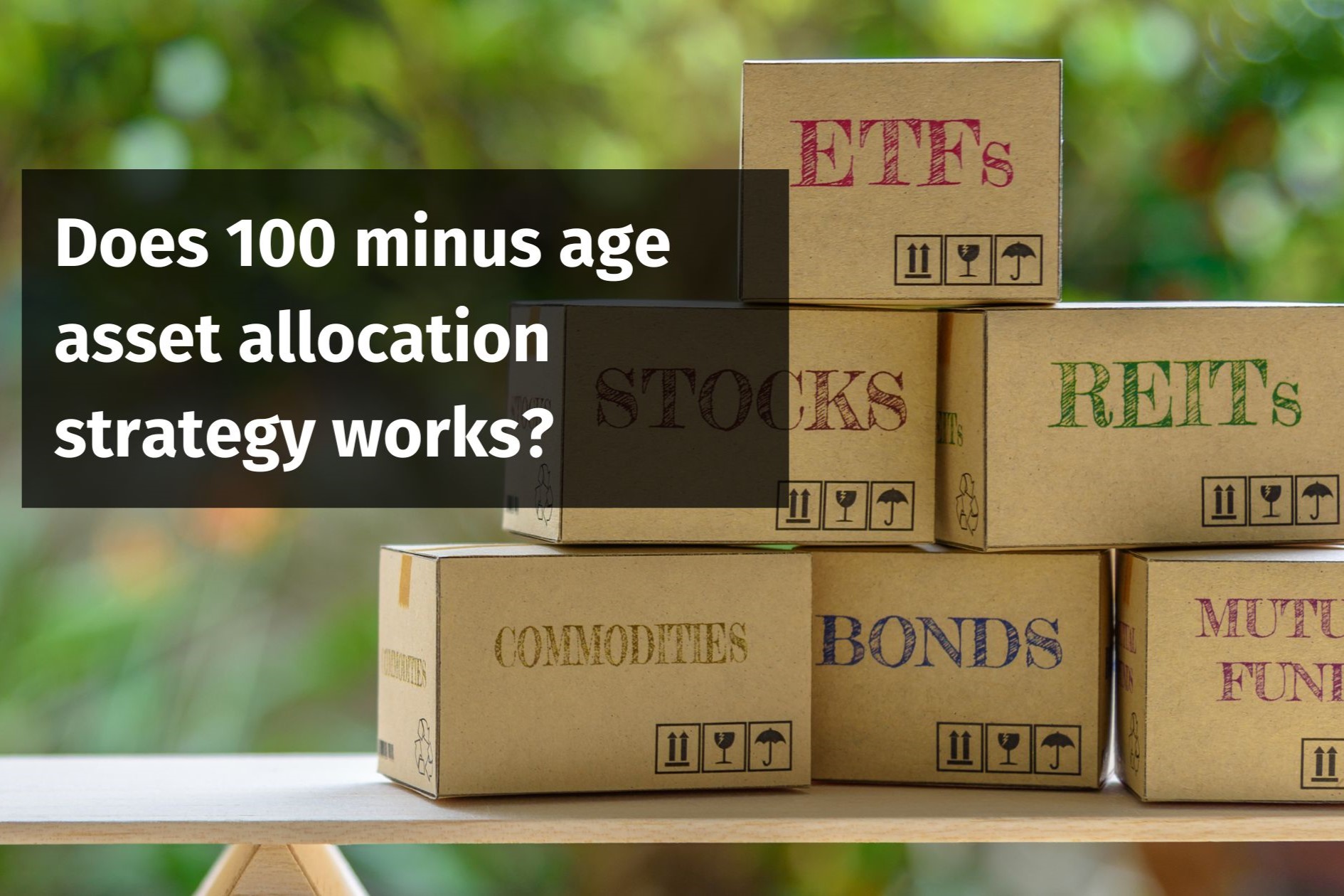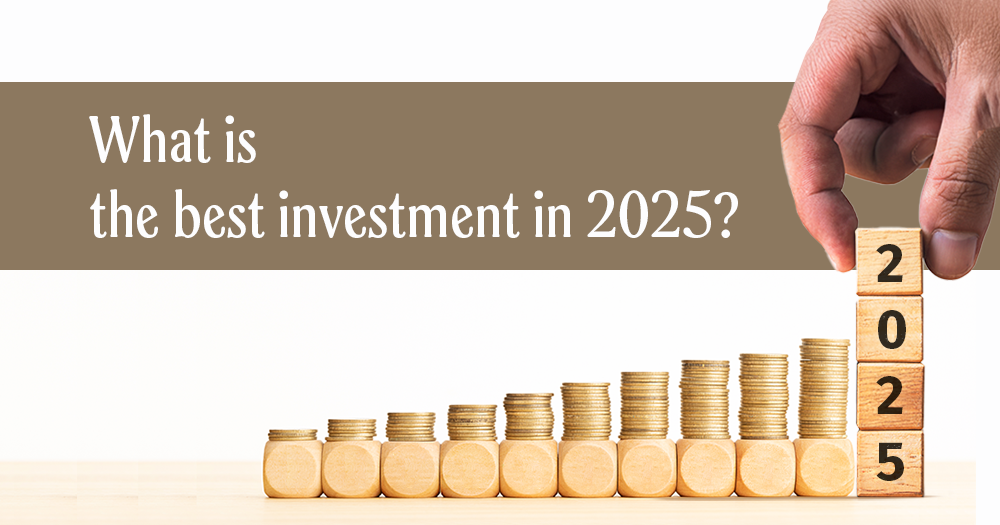If you haven’t been living under a rock, you might know that gold has skyrocketed. It has outperformed other asset classes in recent years, with prices reaching as high as ₹1,00,000 for 10 grams.
If we compare gold prices from January 1 to today, July 31, gold is up by 26%. Simply put, if you had invested ₹1,00,000 in gold on January 1, 2025, it would be above ₹1,26,000 today.
Now compare that with large-cap funds — reflecting Nifty 50’s move from 23,742.90 to 24,861.10 — your investment would have grown to only around ₹1,04,710.
The financial TV shows, articles, and experts have gone into a frenzy over this. The recent news cycle has become an ocean of gold advisory. Now, whether you should invest in gold depends on your financial personality and asset allocation. But if you’re planning to buy Gold, this article will help you understand which type of gold investment you can pick.
Investing in physical gold like jewelry, bullion
Indians since the inception have had special fondness with gold, for instance it was reported that Indian households are estimated to hold approximately 25,000 tonnes of physical gold, which is more than the combined gold reserves of the world’s top 10 central banks.
Now, if you’re thinking of gold purely as an investment, you might lean towards coins or bars — clean, simple, and all about purity. But for many, gold isn’t just an asset. It’s an emotion and tradition.
But Remember:
Gold jewelry comes with making charges that can eat into your returns. These charges can be as high as 20%–30% of the gold price — and you don’t get it back when you sell. This decreases resale value as jewelers often deduct making charges and offer slightly less than the current gold rate.
Physical gold also comes with storage and safety concerns. You can either store it in a safe deposit locker (with annual rent) or a secure place at home. But the risk of theft or loss will always linger.
Also Purity concerns exist. If you’re not careful, you might end up with lower karat gold (or worse, impurities mixed in).
Gold, although considered a liquid asset, selling physical gold, especially jewelry, quickly at the right price can be a bit difficult.
Investing in non-physical gold
The financial markets have sunk their teeth into everything they can — and how could they forget gold? In recent years, a new way to invest in gold has emerged: one not shackled by the need for physical form. Meaning: you don’t hold gold in your hands, but you still own its value.
Here are some ways to own non-physical gold:
Investing in gold via gold ETFs (Exchange-Traded Funds)
A Gold ETF is an easy way to invest in gold without actually buying or storing real gold.
Here’s how it works: you buy units of a Gold ETF online via investment platforms, now each unit represents a fraction of a gram of pure gold. Now these ETFs price changes as the Gold price changes.
These units are bought and sold on stock exchanges just like shares and when you sell units of your Gold ETFs, you get value based on the current gold price.
Let’s understand this with an example: You bought the Nippon Gold ETF, which is trading at ₹90 per unit, representing 0.01 gram of gold. You can easily buy these units online. As the price of gold changes, the ETF price moves accordingly. So, if gold prices go up, the ETF unit price will rise as well. Let’s say the gold price increases by 10%; the ETF price would then be ₹99 — and vice versa.
Gold ETFs are popular because there are no making charges, no storage worries, and completely transparent pricing.
But remember:
- Gold ETFs come with fund management fees, which typically range from 0.32% to 0.60% annually and can slightly eat into your returns.
- There might also be brokerage charges that apply when you buy or sell Gold ETFs through your demat account.
- Gold ETFs might also have a tracking error, which means they do not perfectly mirror gold price movements due to expenses and operational inefficiencies. For instance, if gold prices rise by 10%, the ETF might increase only by 8–9% (e.g., from ₹90 to ₹98 instead of ₹99).
- Gold price and liquidity of the ETF can affect your investment daily — Gold ETFs are traded like a stock, so it changes as the market moves.
- Although that’s the purpose, you don’t actually own real gold — it’s essentially a paper investment backed by the value of gold.
That said, financial advisors often recommend Gold ETFs if you want exposure to gold without the hassle of buying and storing the physical metal. They offer a liquid, transparent, and cost-effective way to diversify your investment portfolio.
Investing in gold via gold mutual funds
Another way to invest in gold without physical gold is via Gold mutual funds. Basically Gold mutual funds are a type of mutual fund, when you invest in gold and gold-related assets like gold ETFs (Exchange Traded Funds) and stocks of gold mining companies.
Example: Suppose you invest ₹1,000 in a Gold Mutual Fund. The fund uses your money to buy Gold ETF units.
As the price of gold rises or falls, the value of your fund investment moves accordingly. When you redeem, you get cash based on the latest NAV (Net Asset Value).
You can invest in Gold Mutual Funds online through any mutual fund platform, just like you would with any regular mutual fund.
But remember:
- Expense ratio applies — mutual funds charge an annual management fee, slightly reducing returns.
- NAV updates once a day — unlike ETFs which move real-time. So prices are not live — they are daily closing prices.
- Market risks apply — your fund value fluctuates with gold prices.
- No physical gold ownership — just the value exposure.
Who should invest in gold mutual funds?
If you are looking for a hands-off, SIP-friendly route to gold investment without worrying about demat accounts or real-time trading, Gold Mutual funds could be a way to go.
Also, if you are first-time mutual fund investors or a conservative savers looking to diversify, or those aiming to include gold in their long-term portfolio through a systematic and professionally managed route.
Investing in sovereign gold bonds (SGBs)
A Sovereign Gold Bond (SGB) is another way to invest in gold — but instead of buying physical gold or trading like a stock, you’re lending money to the government and getting gold-linked returns.
SGBs are issued by the Government of India and when you invest in them, you can have two benefits, You earn a fixed interest (around 2.5% per year), If you hold the bond till maturity (8 years), you don’t have to pay any tax on the capital gains.
You can buy SGBs during specific issue windows announced by the RBI (fresh bonds have been stopped for now) or anytime later from the secondary market.
The plus side of buying SGBs is that there’s no worry about purity, storage, or theft — and you also earn that extra interest income.
But remember:
- SGBs come with a lock-in period, which means you have to wait until maturity to get your principal back from the government. The standard maturity period is 8 years.
- You can sell them before maturity, but you will attract capital gains tax as per applicable rules. You will only receive the full tax exemption on capital gains if you hold them until the 8-year maturity.
- SGBs also have low liquidity — selling them on the secondary market before maturity might not fetch favorable prices due to lower trading volumes and demand.
- Unlike mutual funds or ETFs, new SGBs are not available year-round. Fresh SGBs can only be purchased during specific subscription windows announced by the government, typically in tranches throughout the year
- Also, while the capital gains (on maturity) are tax-free, the annual interest (2.5% per annum) paid on SGBs is fully taxable and must be added to your income each year.
Investing in digital gold
Digital Gold is another easy way to buy small amounts of gold online—without needing lockers, visiting jewelry stores, or worrying about purity. You simply log into an app like PhonePe, Paytm, or Google Pay, and buy gold for as little as ₹1. The platform then stores an equivalent amount of real physical gold in your name in a secured vault.
You can sell this gold anytime online or even request home delivery if you prefer to convert it into physical gold.
But Remember:
- Digital Gold platforms are currently not regulated by SEBI or RBI, which means investor protection is limited.
- Platforms charge for storage, and the buy/sell price difference (spread) can be quite high.
- Some apps/platforms may also levy extra fees when you sell.
- Many platforms allow storage only for a few years, after which you must either sell or take delivery.
Digital Gold is suited for beginner investors, students, or individuals who want to start small with token gold investments. However, financial advisors recommend avoiding digital gold for serious or long-term investors, as it lacks regulation.
Be watchful while investing in gold
Gold might be shining bright these days, but don’t get completely blinded by the glitter.
Gold prices are volatile. They can go up when there’s fear and uncertainty, but they can just as easily cool down when the economy stabilises. Also, remember, gold doesn’t generate income like stocks or bonds — no dividends, no rent — it just sits there and waits for you to sell it for a profit.
And let’s not forget taxes, storage risks (if physical), fund management costs (if ETFs or mutual funds), and limited liquidity (for jewelry). So while gold can be a smart part of your portfolio, it’s not a magic bullet.
Which option should you choose for gold investment?
It really depends on what you’re looking for:
- If you want convenience, liquidity, and transparency you can opt for Gold ETFs or Gold Mutual Funds.
- If you want to lock in extra returns and enjoy tax-free maturity, Sovereign Gold Bonds are unbeatable (but stay invested for 8 years to enjoy the real benefits).
- If you love the emotional connection and traditions you can go for physical Gold (jewelry, coins), but think of it more like consumption than investment.
- If you want ultra-small, easy buying then Digital Gold might work — but only for short-term savings, not serious investing.
Whatever you choose, keep your gold allocation limited — usually 5–15% of your total portfolio is enough. Too much gold can make your portfolio miss out on better growth opportunities elsewhere.
Conclusion
Gold has clearly had a golden run lately — beating even some of the best large-cap equity funds. It’s tempting, no doubt. But smart investing isn’t chasing what’s shining today but building something that shines for you in the long term. Gold is a solid preserver of wealth, not a creator of wealth. Pick the right form of gold based on your financial personality, asset allocation and investment style.









